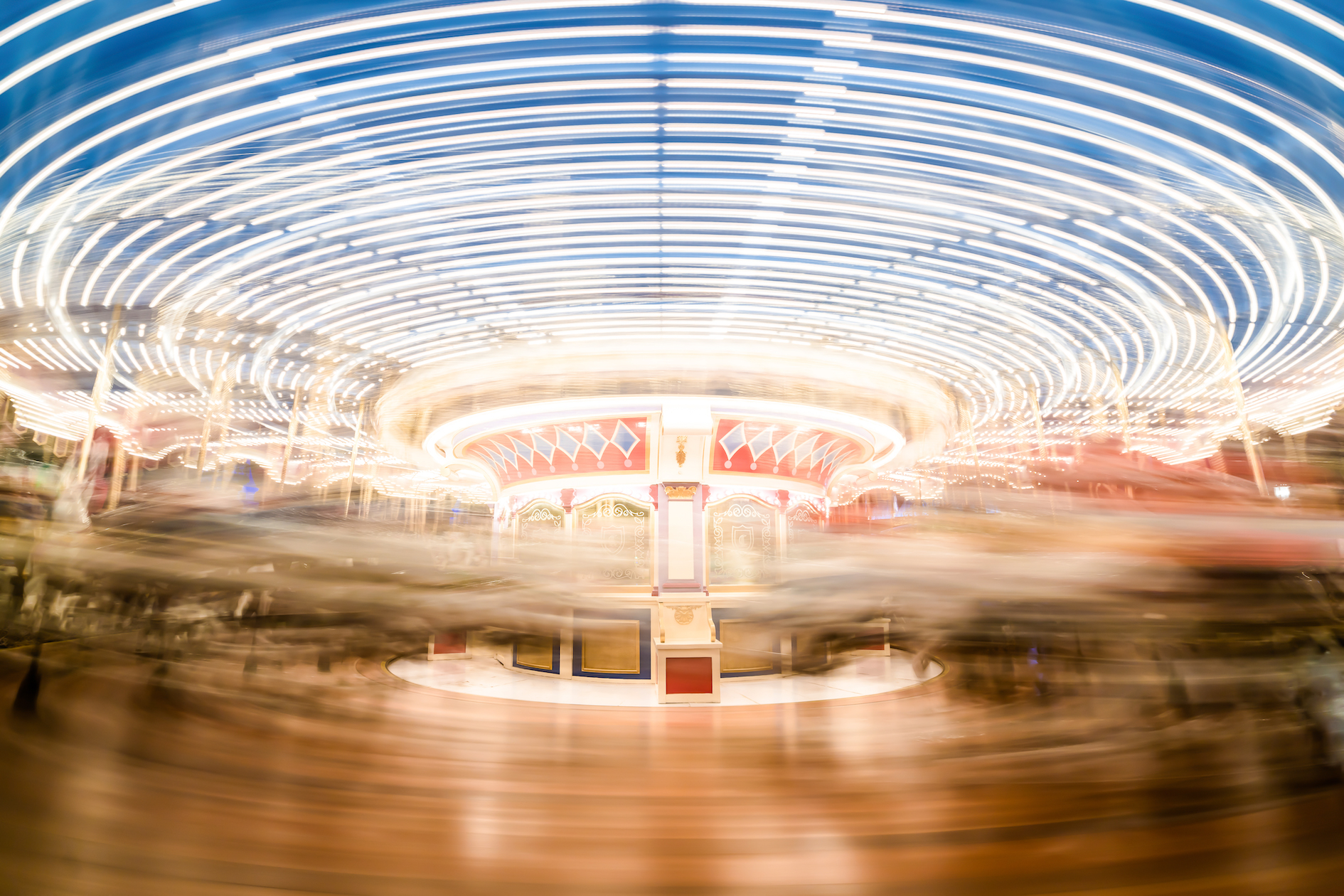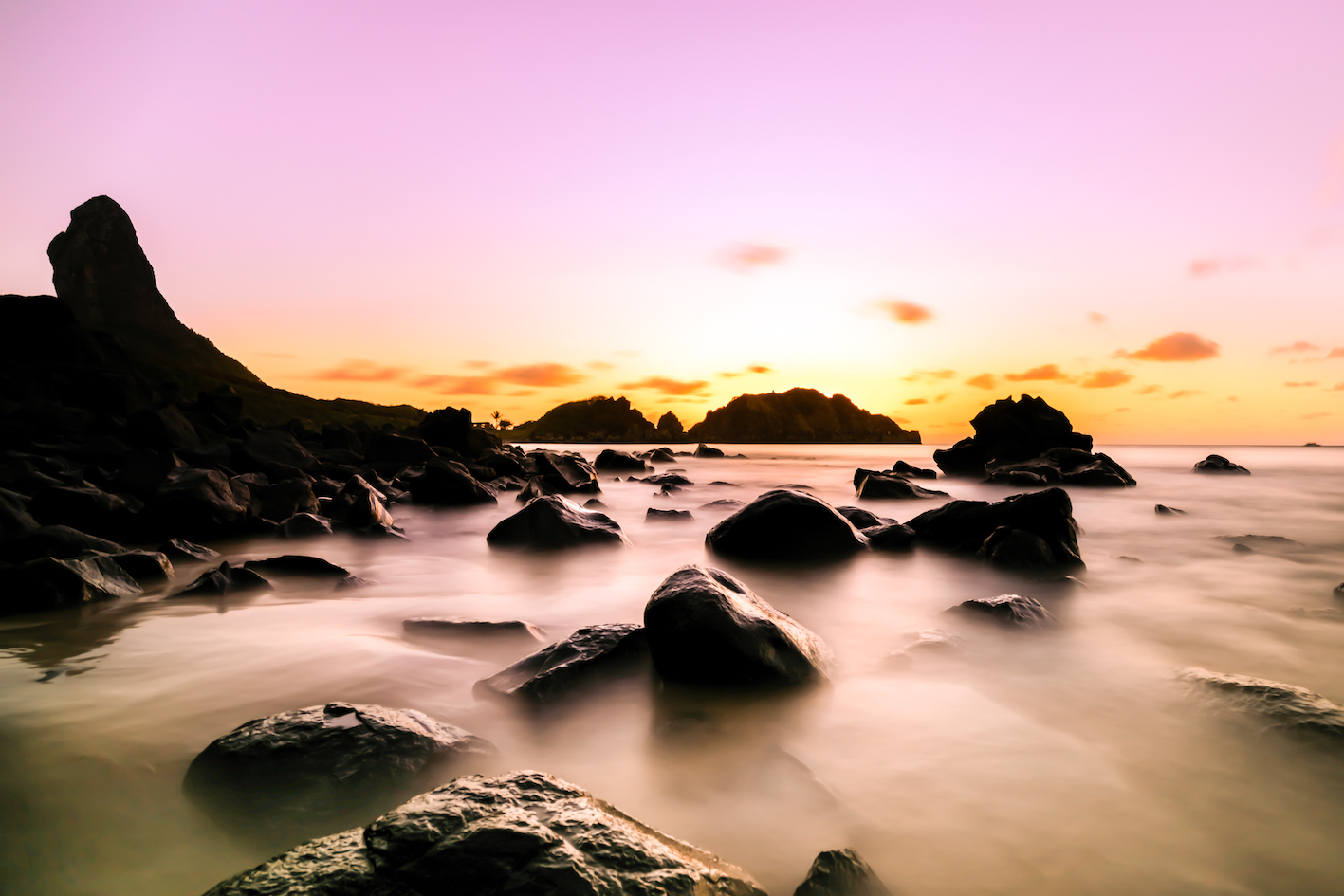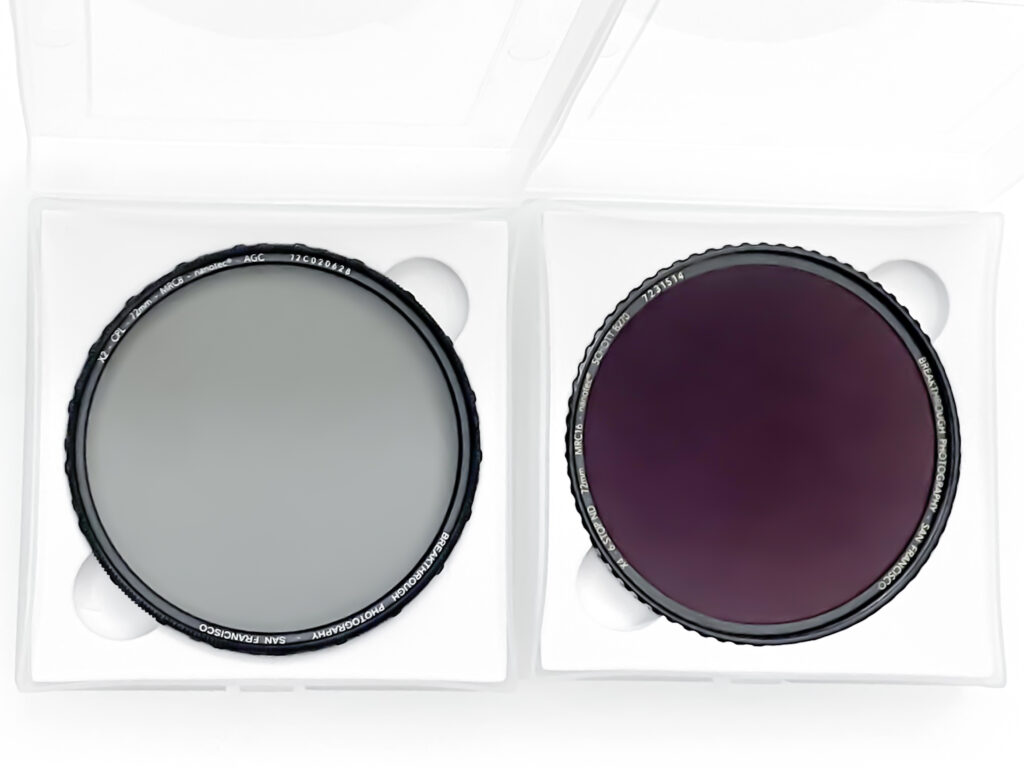How to shoot long exposure photos
When I started learning photography, I found long exposure as the most intriguing method for capturing motion blur and light trails.
Long exposure photography is the technique in which the camera’s shutter is left open for some time.
As a result, you can capture the trail of moving objects in front of the camera while showing still sharp elements.
In this post, I will tell you about my experience in this magical world.
You must do it in Manual mode, at night or during the day, with a Neutral Density Filter.
Either way, you need a stable place to put the camera while taking the photo.
If you are not with a tripod, try to find a place where you can put your camera, and it stays completely still. I must confess that when I’m not with my tripod, I look for a trash can. Sometimes they can help as the place to put your camera to take the shot.
How to take Long Exposure by Night
In this case, you must find a place to play with lights. The effect of leaving the shutter open is to get a beautiful light trail.
You don’t need a Neutral Density Filter for night photography long-exposure. Fix the camera in some place, like a tripod, and leave it taking the shots. You should set the camera on a timer to take the picture. Please don’t push the button. It will ruin the photo!
Manual, 24mm, F/10, 5-seconds exposure:
![]() Moeda Street, Recife, Pernambuco, Brazil. Nikon D7100 Camera, Sigma 24-70mm F2.8 EX DG HSM lens.
Moeda Street, Recife, Pernambuco, Brazil. Nikon D7100 Camera, Sigma 24-70mm F2.8 EX DG HSM lens.
The blue light that you will see in the picture below was a bus.
Manual, 20mm, F/8, 2-seconds exposure:

Nikon D7100 Camera, Tokina 11-20mm 2.8 lens.
Manual, 16mm, F/4,1-second exposure:

Sony A7RII Camera, 16-35 Sony Zeiss lens.
Manual, 11mm, F/13, 30-seconds exposure:

Nikon D7100 Camera, Tokina 11-20mm 2.8 lens.
Now let’s talk about long exposure in daylight.
How to take Long Exposure by Day
Here things get a little bit complex because if you want to do a 30-second long-exposure and get that magical result, you will need to add a good filter for your lens.
You can still shoot long exposures in daylight without ND Filter, but to do it, you need to use a narrow aperture such as f/22, and that’s when you lose sharpness.
But if you want an astonishing result and increase the aperture, you must use a Neutral Density Filter.
At first, I thought a polarizer filter would workout as it darkens the lens. But it is not enough if you want to let the shutter open for a long time.
The photo I took below was with f/20 and 1.3 seconds exposure and polarizer Filter:

Sony A7RII Camera, 16-35 Sony Zeiss lens.
You can use a ten-stop Neutral Density Filter for a more creative photo. I took the pictures below, adding a Breakthrough Photography X2 10-Stop Fixed ND Filter to my lens.
Manual, 16mm, F/16, 30 seconds exposure with 10-stop Neutral Density Filter:

Sony A7RII Camera, 16-35 Sony Zeiss lens.
Manual, 16mm, F/4,5, 30 seconds exposure with 10-stop Neutral Density Filter:

Sony A7RII Camera, 16-35 Sony Zeiss lens.
If you got interested in Fernando de Noronha, where I took those long exposures, you should see the post Top Things to Do and Shoot at Fernando de Noronha.
The filter I used to take those pictures, the polarizer, and the ND filter, both from Breakthrough Photography, are excellent. You can find them at Adorama and on Amazon:

As you can see, long exposure photography gives plenty of possibilities to play with lights and movement in your pictures day and night. It frees your creativity to make something new and enter a world not visible to our eyes.
One Comment
Pingback: